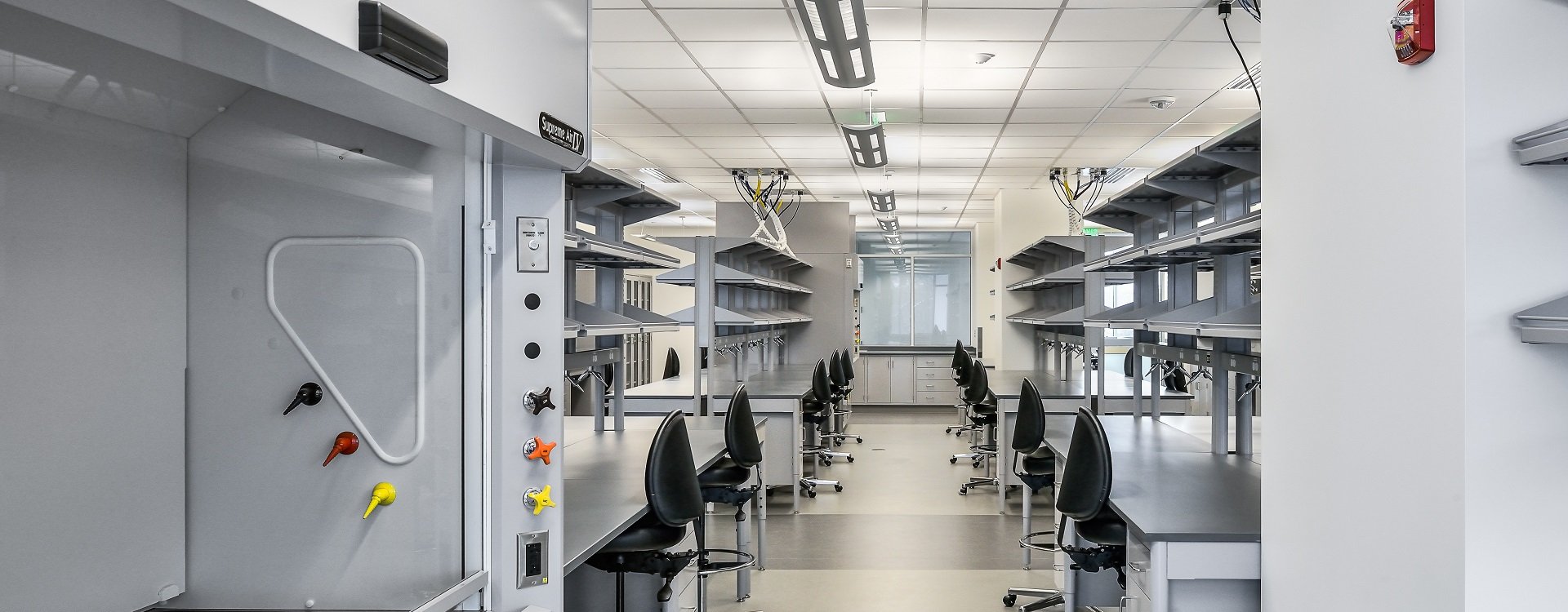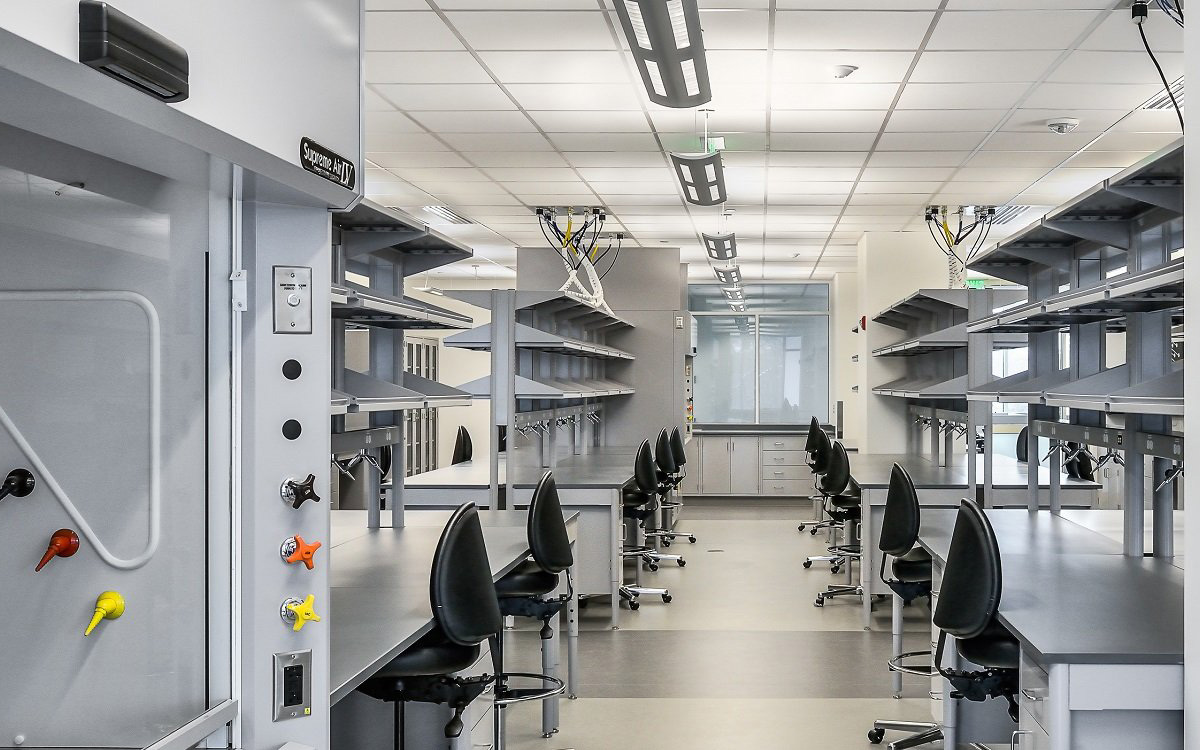Four Technologies to Change Laboratory Safety
Date: 2022-01-19 Source: RUANQI Classification: Resources
What kind of exposure control device of synthetic laboratory can best meet your business objectives and ensure the safety of employees at the same time?
Laboratory technology is constantly developing. From robot packaging systems in food and beverage industries to analytical tools using artificial intelligence in pharmaceutical research laboratories, every industry is facing the pressure of constantly reviewing its equipment and making decisions about when and how to install the latest solutions.
As these laboratories become more and more complex, their safety infrastructure must also be developed. In many older laboratories, although the equipment is sufficient to protect employees' safety, it has been unable to keep up with modern safety standards. The owners of the new laboratory also face a challenge: when designing the workspace, they need to determine which compound exposure control device can best meet the business objectives and ensure the safety of employees.
These are not simple decisions. How do laboratory owners measure the upfront cost of installing new security technologies according to the potential of long-term savings? What is the overall risk assessment? How should laboratory owners, managers and operators use it to identify the most suitable safety equipment from seemingly endless choices?
No matter what the goal of your laboratory is, the following insights will help you evaluate the latest and most suitable laboratory exposure control technology according to your situation.
1. Biological Safety Cabinets biological safety cabinets
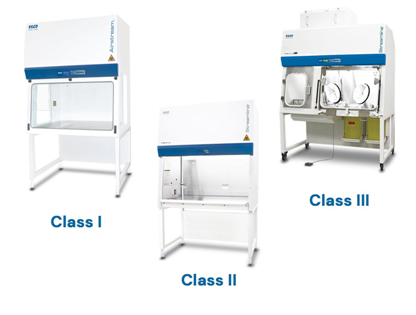
The basic purpose of biological safety cabinet (BSCs) is to filter, recycle or exhaust air, which has not changed much in the past 70 years. However, today's technology makes BSC more complex, diverse and efficient than before, which means that well-informed laboratory owners can find and install safety cabinets that are especially suitable for their needs.
1) Suitable for the unique hazards of the laboratory. Your laboratory has a specific biosafety level and needs a certain degree of exposure control. Among the many options available today, experts can help you determine which BSC is suitable for your laboratory.
2) Reduce costs. It is dangerous to install BSC with insufficient level. In addition, it is dangerous to install BSC with stronger functions than necessary. This will lead to unnecessarily high operating costs. Determine how to make use of the latest efficient BSC to ensure that your laboratory gets the required protection without paying other fees.
3) It occupies a small area. Evaluate the building environment of the lab to ensure that you choose the BSC that makes the most effective use of available space, and we will work with you to ensure the correct installation and operation.
4) Ensure the safety and comfort of employees. Modern laboratories not only help to protect employees from exposure, but also prevent the harm of working on poorly designed workstations for a long time. Today's BSC alleviates this physical risk by providing ergonomic designs aimed at improving working conditions and preventing chronic injuries.
2. Fume Hoods
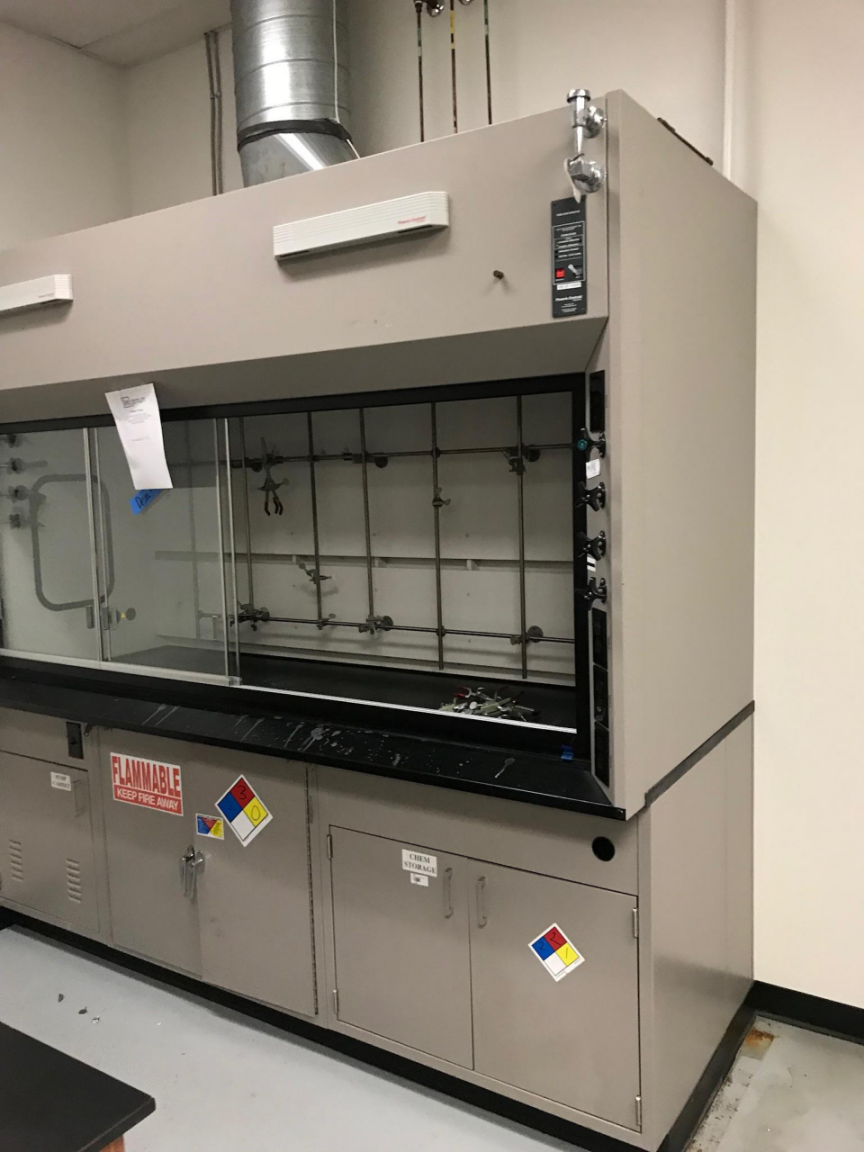
The traditional technology of fume hood in pipeline is being replaced by modern design, which can help the laboratory run safely and economically. Under appropriate circumstances, laboratory owners can innovate in two important ways:
1) Reduce the energy load of the laboratory. Modern fume hoods have improved sliding door design and streamlined air wings, which means that they can safely discharge chemical volatiles at a lower face speed than traditional fume hoods.
2) Tubeless circulating fume hood. Using breakthrough carbon filter technology, modern fume hood can purify and recirculate air inside, thus reducing the cost of heating and cooling in the laboratory and the cost of maintaining the external exhaust fan.
3. Isolators
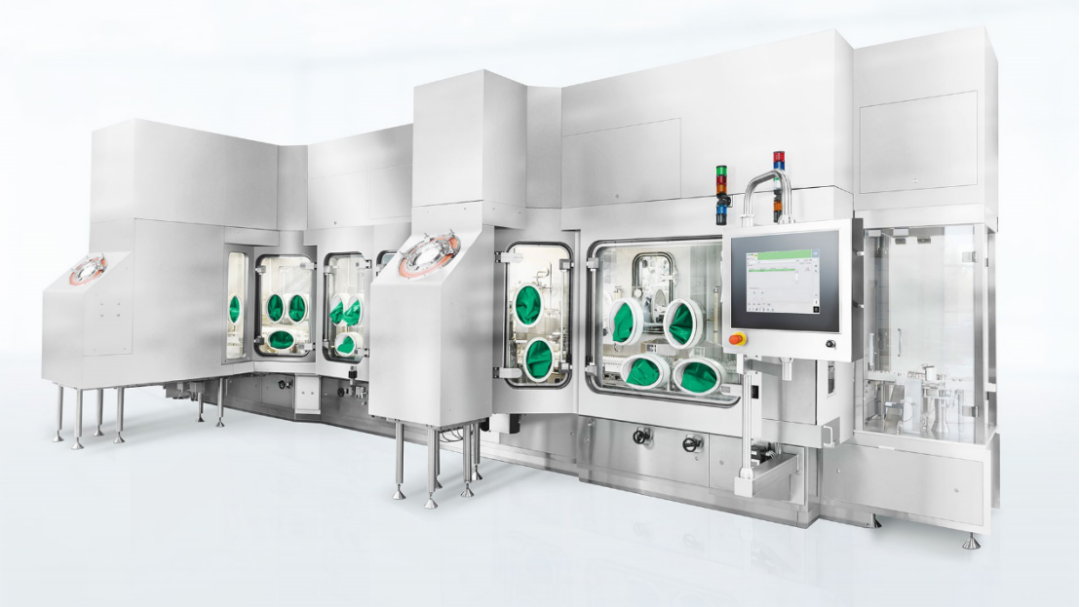
The wearing of traditional isolators used to be a necessary obstacle to improve efficiency. The lengthy cleaning and wearing process means that you can't move anything quickly even after wearing gloves. But today's isolator technology has changed all this. Under the right circumstances, the laboratory manager can greatly reduce the time period and ensure the safety of employees by using new technologies:
Isolators using ionized hydrogen peroxide (IHP). Instead of the traditional vaporized hydrogen peroxide (VHP) system, these isolation devices can purify materials more quickly, so as to realize efficient and continuous production.
Isolator specially designed for personalized medicine. Highly individualized therapy requires a completely closed internal environment. Modern isolators make this possible. They use advanced robot technology to completely isolate small batch products from the surrounding environment, thus eliminating the risk of pollution by manual operators.
4. Ventilated Enclosures of ventilation hood
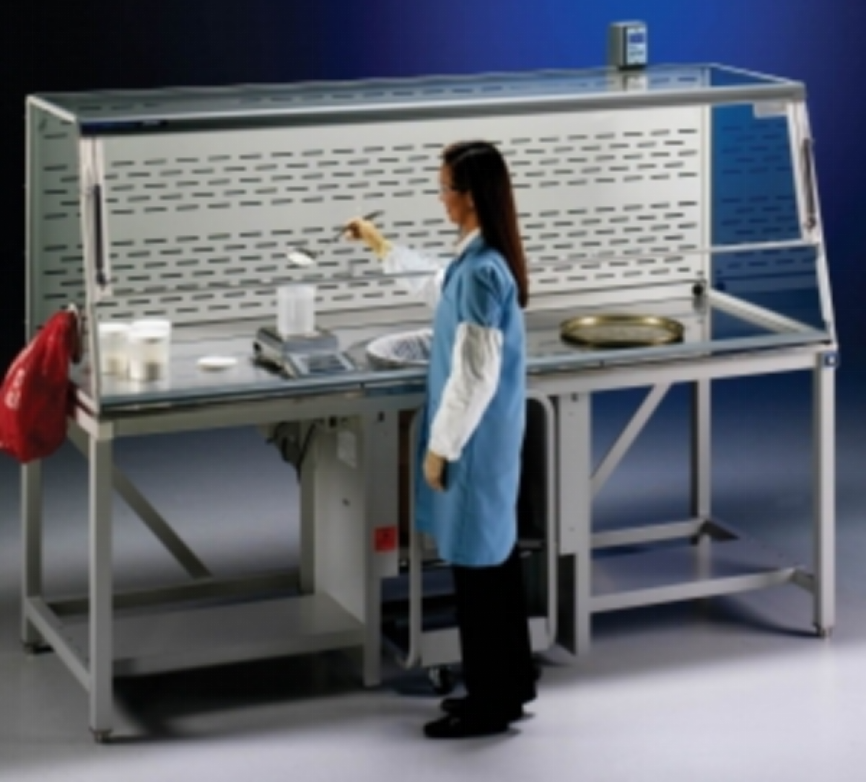
In the modern laboratory environment of almost every industry, robot devices are rapidly rising. Although the robot technicians need much less safety infrastructure, they do need a closed clean room to ensure safe and consistent sample processing. Today's ventilation hood is designed with this in mind, which can ensure that the particle-free air is in contact with the working surface of the robot.
Conclusion
Laboratory safety is a complex issue that requires close personal assessment. One laboratory's solution may involve the latest and most powerful exposure control technology, while another laboratory may only need to make a little adjustment to its security network. Knowing the unique risks and users' needs of your own laboratory correctly can provide better working environment for your staff, higher product integrity for patients and more cost-effective production capacity for improving the company's principles.


